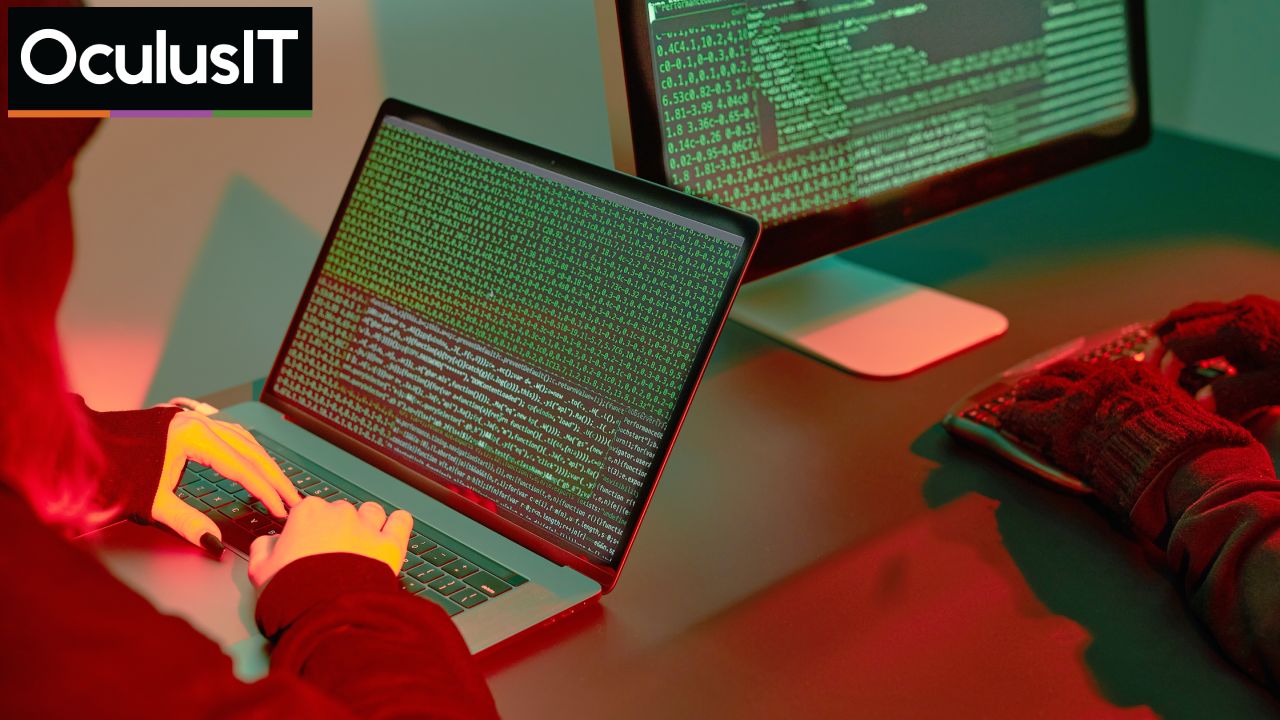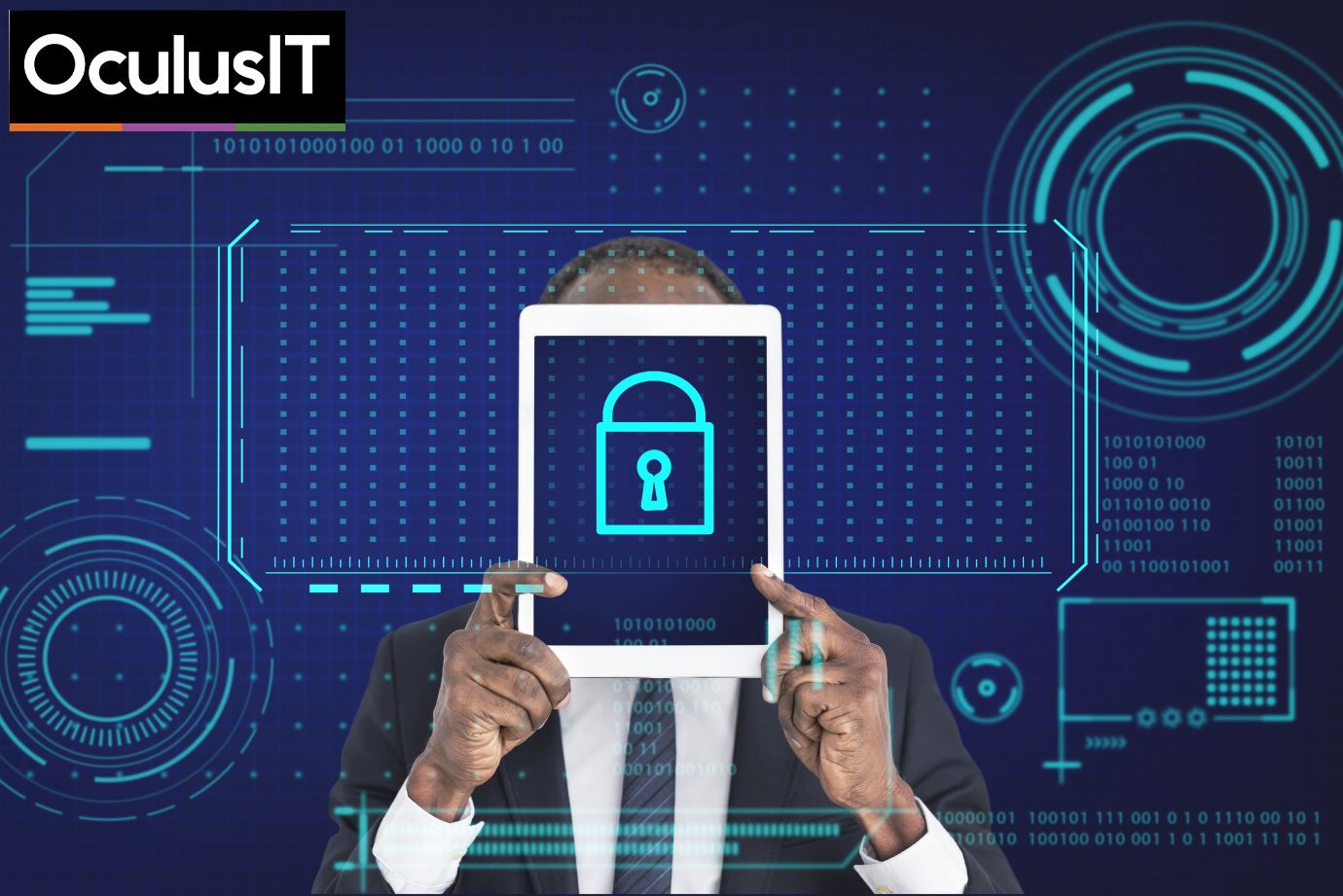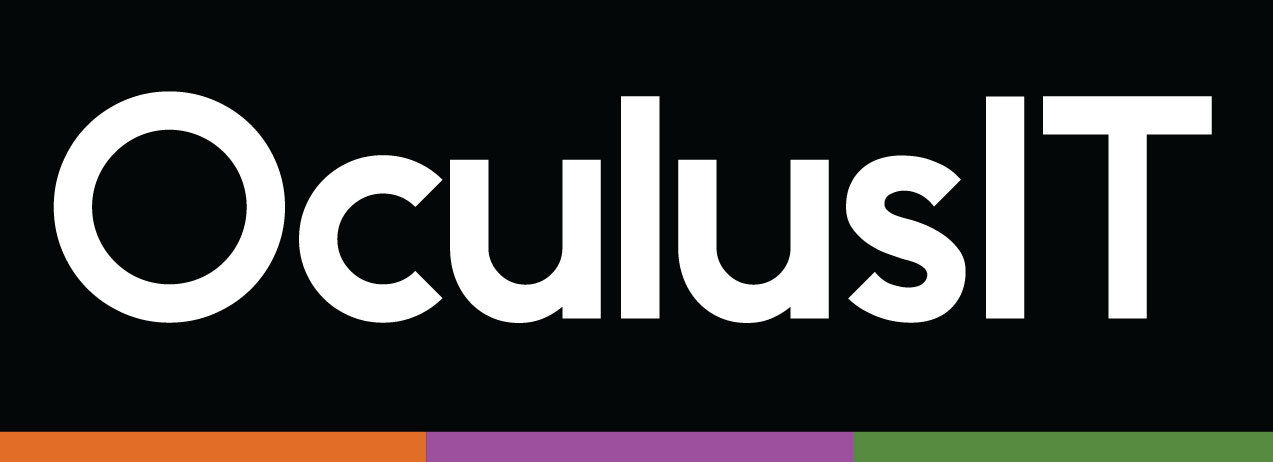
Safeguarding University Innovations: The Imperative of Protecting Intellectual Property from Cyber Threats
April 16, 2024
In today’s digitally interconnected world, higher education institutions stand as hubs of innovation and knowledge creation. From groundbreaking research findings to pioneering technological advancements, higher education institutions continually contribute to the global pool of intellectual property (IP). However, with the rise of cyber threats, safeguarding these valuable innovations has become an imperative for universities across the world.
Challenges in Protecting Intellectual Property
- Decentralized Nature of Academic Research
One of the primary challenges universities face in safeguarding intellectual property is the decentralized nature of academic research. Unlike corporate environments where IP management is often centralized, universities operate within a diverse ecosystem of research labs, departments, and interdisciplinary collaborations. This decentralized structure increases the complexity of cybersecurity efforts, as it requires coordinating security measures across various stakeholders while maintaining academic freedom and collaboration.
- Balancing Openness and Security
Furthermore, universities must contend with the dual mandate of fostering open academic exchange and protecting sensitive research data. Balancing these competing priorities requires a nuanced approach to cybersecurity that recognizes the need for transparency and collaboration while also implementing measures to safeguard confidential information.
- Compliance Requirements and Regulatory Standards
Moreover, universities must comply with data privacy regulations such as the Family Educational Rights and Privacy Act (FERPA) and the Health Insurance Portability and Accountability Act (HIPAA), which impose stringent requirements on the handling of student and healthcare data. Meeting these compliance requirements while safeguarding intellectual property necessitates robust cybersecurity measures tailored to the unique needs of higher education institutions.
The Role of a Security Operations Center (SOC)
- Proactive Monitoring and Threat Detection
To address these challenges, universities can benefit from establishing a Security Operations Center (SOC) customized to the unique needs of higher education institutions. A SOC provides proactive monitoring, threat detection, and incident response capabilities essential for safeguarding intellectual property. By leveraging advanced technologies such as artificial intelligence and machine learning, a SOC can analyze vast amounts of network traffic and data to identify anomalous behavior indicative of cyber threats.
- Collaboration with University Stakeholders
Additionally, SOC analysts can collaborate with university stakeholders to develop customized security policies and protocols that align with academic workflows while ensuring robust protection against cyber threats. This collaborative approach fosters a culture of cybersecurity awareness and engagement across the university community, empowering faculty, staff, and students to play an active role in safeguarding intellectual property.
- Ensuring Compliance with Data Privacy Regulations
Furthermore, a SOC enables universities to meet compliance requirements and regulatory standards governing the protection of sensitive data. With data privacy regulations imposing stringent requirements on the handling of student and healthcare data, universities must demonstrate compliance while safeguarding intellectual property. A SOC provides the necessary tools and expertise to navigate these regulatory complexities and uphold data privacy standards.
Long-term Benefits of Investing in Cybersecurity
- Reputation Management and Institutional Resilience
Beyond regulatory compliance, investing in cybersecurity, including SOC services from reputed third parties like OculusIT, offers long-term benefits for universities in terms of reputation management and institutional resilience. A data breach or cyberattack not only jeopardizes the integrity of intellectual property but also undermines trust and confidence in the university’s ability to protect sensitive information.
- Upholding Trust and Confidence
By prioritizing cybersecurity and adopting a proactive stance against cyber threats, universities can safeguard their reputation as trusted custodians of knowledge and innovation. Upholding trust and confidence in the university’s ability to protect intellectual property is essential for attracting top talent, fostering industry partnerships, and securing funding for research and development initiatives.
- Fostering a Culture of Innovation and Academic Collaboration
Moreover, by investing in cybersecurity and SOC services, universities can foster a culture of innovation and academic collaboration. By providing a secure environment for research and collaboration, universities empower faculty, staff, and students to explore new ideas, pursue groundbreaking research, and drive technological innovation.
Conclusion
In conclusion, protecting intellectual property from cyber threats is a paramount concern for higher education institutions. By establishing a Security Operations Center (SOC) customized to the unique needs of higher education institutions, they can mitigate the risks posed by cyber threats while fostering a culture of innovation and academic collaboration.
With proactive monitoring, threat detection, and incident response capabilities, a SOC enables universities to safeguard their valuable intellectual property and uphold their commitment to advancing knowledge for the benefit of society. To get more information, Click here!
Recent Articles

























